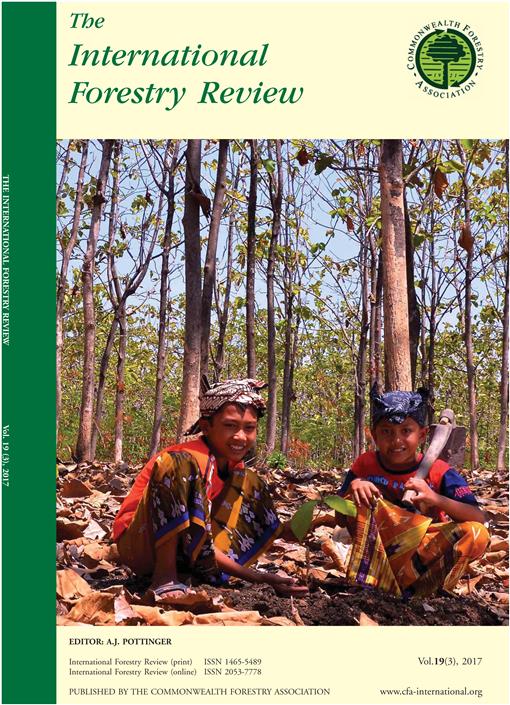This study explores how deforestation relates to biophysical and socio-economic variables in a quantitative, spatially explicit analysis. Both patterns of historical (approximately 4000 B.C. — 2000 A.D.) and recent (1990–2005) deforestation were explored and compared. The study uses location analysis, combining spatially explicit global databases of deforestation with variables hypothesized to relate to deforestation (e.g. rural livestock density, cost-distance). The results show that historical and recent deforestation show similar patterns when plotted against the selected variables suggesting the relations to be empirical. The strongest relations were between deforestation and rural population density, cost-distance and crop suitability respectively. These findings support the hypothesis that agricultural expansion was the largest direct cause of deforestation historically and it continues to be the largest direct cause today. While crop suitability showed a strong correlation with deforestation, pasture suitability showed no correlation. The study accordingly compares contemporary deforestation in the tropical domain against economic development (approximated by a combination of GDP value and growth rate) which resulted in a reproduction of the deforestation pattern predicted by the forest transition curve. In view of the apparent empirical relation, the variables which relate to deforestation in this study are expected to have predictive power to identify locations of likely future deforestation. To illustrate the application value of this analysis, the deforestation risk in African protected forest was assessed. This assessment revealed that protected areas are found on locations with below average pressure and the pressures vary greatly in the different regions. The findings underline the importance of considering national circumstances to understand the government's efforts to manage its forests sustainably and contribute to international mitigation by reducing forest-related emissions.
How to translate text using browser tools
1 September 2017
Global Deforestation Patterns: Comparing Recent and Past Forest Loss Processes Through a Spatially Explicit Analysis
M. Sandker,
Y. Finegold,
R. D'Annunzio,
E. Lindquist
ACCESS THE FULL ARTICLE

International Forestry Review
Vol. 19 • No. 3
September 2017
Vol. 19 • No. 3
September 2017
correlation
deforestation
Global analysis
historical trend analysis
socio-economic drivers




